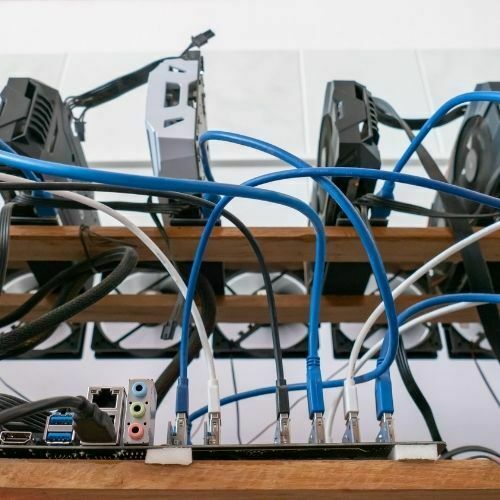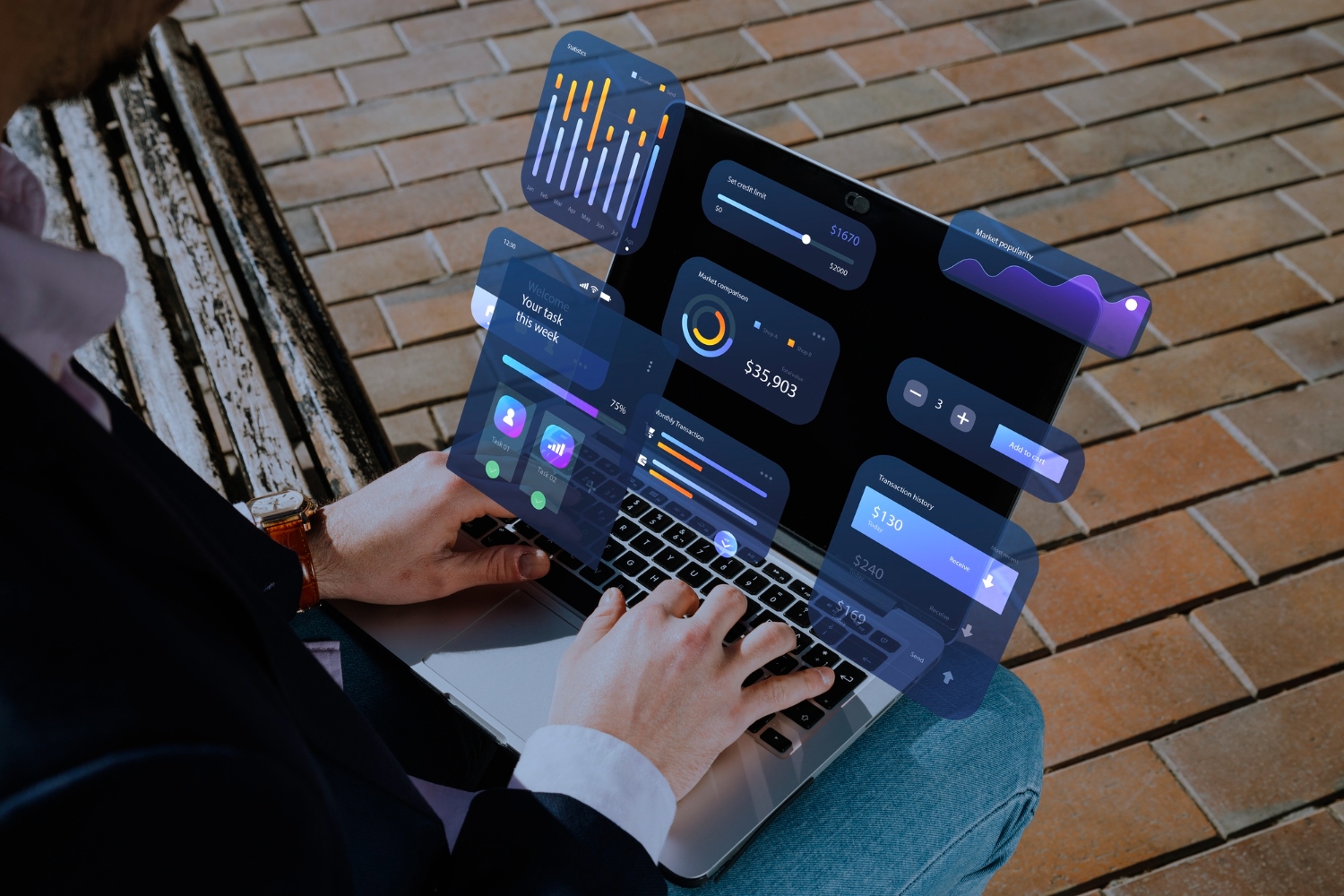
Although asset tracking can be made much easier by using asset management software, you still need to learn a thing or two when you’re new to it. This includes the many terms and abbreviations that have developed over the years. One of these is HAM (Hardware Asset Management), among many others, such as AM (Asset Management), ITAM (IT Asset Management), and RFID asset tracking.
By providing a detailed approach to HAM asset management, businesses can easily track, maintain, and optimise their IT resources, reducing financial costs and operational interruptions. In this blog post, we’ll discover more about HAM, what it really is and all that it involves. In the end, you’ll also come across how itemit lets your business maximise hardware asset management benefits.

What are Hardware Assets?
Not to mention that these are physical IT assets that your business owns. Any rented or borrowed hardware is not an asset. Before we move forward, let’s look at some examples of hardware assets for greater clarity. These include but are not limited to the following:
Computers
- Desktops
- Laptops
- Workstations
- Mobile Phones
- Tablets and other handheld devices
Removable Media
- USB sticks
- DVDs
Network Hardware
- Servers
- Routers
- Hubs
- Cables
- Firewalls
Peripherals
- Screens
- Printers
- Scanners
- Keyboards
- Mice
- Copiers
What is Hardware Asset Management?
Having a solid strategy when it comes to software and hardware asset management is crucial to any company because it significantly reduces the overlap of assets, enhances procurement procedures, and boosts compliance security. Asset management is a continuous process of recording all relevant information about your assets in an asset register. This means you have all the information you need to make better business decisions. This is where itemit comes in.
itemit is one of the most advanced but easy-to-use, asset tracking software that’ll help you track your hardware with ease. We let you create unique asset profiles for each item through an intuitive mobile app. You can use these asset profiles to store all the asset information you want in a neat and organised manner. So whenever you need to lookup an asset’s details, it’s only a few touches away in the asset register.
A hardware asset management audit checklist can further simplify the process by verifying the necessary details, including warranty information and maintenance dates, are routinely updated.

How to Manage Hardware Assets?
Step 1: Creating Asset Profiles
We recommend that you get multiple users to add the hardware they use rather than have one person track all items. Distributing the task this way is much more efficient.
By leveraging hardware asset management software, businesses can ensure that asset profiles remain accurate and up-to-date, reducing the risk of ghost assets or lost equipment.
Step 2: Using Asset Tags
Surely, there has to be a better way than having each employee mark their devices with a coloured marker. Asset tags are great for this. These are QR code labels that give each device a unique identity and link the physical thing with its virtual profile. Asset tags are essential for effective hardware asset tracking since they guarantee companies may quickly find, recognise, and control their IT hardware assets.
Step 3: Track Changes
Step 4: Use the Asset Register to Your Advantage
Why Is Hardware Asset Management Important?
Cost Savings & Budget Optimization
Improved Security & Compliance
Streamlined Maintenance & Lifecycle Management
IT equipment is not a one-off expense but rather capital expenditures that have to be maintained on an ongoing basis to ensure they are operationally effective. IT hardware asset management allows businesses to monitor and schedule repairs, track associated warranties, avoid over-utilization of assets and extend the life of an asset to proactively eliminate asset demand failure. To get a deeper understanding, check out this guide on the hardware asset management lifecycle and how it impacts overall business efficiency.
Enhanced Productivity & Resource Allocation
Real-Time Insights & Decision-Making
Challenges of Hardware Asset Management
- Tracking Assets Across Multiple Locations
- Companies with different office locations, warehouses, or remote employees find it difficult to track the movement of hardware accurately.
- In case there is no proper system to track the assets, devices can be misplaced, re-assigned without being documented, or completely lost.
- Improperly managed hardware can cause unwanted replacements, loss of money, or even result in security threats.
- Inaccurate or Outdated Asset Records
- An unreliable asset register results in businesses over-purchasing new hardware while underutilized devices remain idle.
- Without continuous updates, operational and financial plans become difficult.
- While hardware asset management software can automate most of the record-updating tasks, companies still require robust internal controls to ensure data is entered consistently.
- Hardware Maintenance & Lifecycle Management
- Keeping track of maintenance schedules is key when it comes to avoiding unexpected breakdowns of equipment, components, or machines.
- Many businesses lack a hardware asset management audit checklist, leading to missed updates, warranty lapses, and costly repairs.
- Poor lifecycle tracking leads to ghost assets, which are termed for hardware that is financially accounted for, but is no longer usable with the company.
- Security Risks & Compliance Issues
- A piece of hardware that is not secured has the potential risk of suffering from a cyber attack, leakage of data, or even unauthorized exposure.
- The healthcare and finance industries are two of the many that require demanding IT security regulation compliance for any hardware asset.
- Applying secure asset management hardware devices helps businesses with encryption, access control, and secure unemployment procedures.
- Scalability Issues as Businesses Grow
- As a business matures, manual tracking methods like spreadsheets grow inefficient in tracking various assets.
- Higher-level organizations need high-quality hardware asset management software, which grows proportionately with increasing data size.
- Investing in automated IT hardware asset management solutions ensures businesses can efficiently manage asset growth without human error.
Overcoming these challenges requires a proactive HAM asset management strategy and the right technology-driven tools. By addressing these pain points, businesses can ensure cost efficiency, security, and long-term asset optimization.
Making the Most of Hardware Asset Management
Using both automated centralised asset management tools and dedicated hardware management tools helps a business maintain complete control over the entire IT inventory, increasing the chances of growth and success in the long run. It is not about simply organising business operations when managing IT hardware assets. Proper asset management identifies holes in workflow processes, streamlines them, and ensures that security measures are upgraded, which tremendously increases productivity and ultimately saves money.
itemit – Hardware Asset Management Simplified
Alternatively, you can also choose to take itemit’s asset register out on a test drive with our free 14-day trial. Fill in the form below and test out its features today!

Try itemit
Choose a better way to track your assets. Start your free 14-day trial now!

Keep Learning
itemit Blog
Tips, guides, industry best practices, and news.
PUWER Equipment Compliance: What’s Covered and Required
Discover what equipment is covered by PUWER, why it matters for workplace safety, and how compliance ensures effective asset management. Read more!
What are PUWER regulations and How They Impact Asset Tracking?
Discover PUWER regulations, their importance for workplace safety, and how they affect asset tracking systems. Ensure compliance and manage assets effectively!
Mastering Asset and Configuration Management: A Guide for Effective Asset Tracking
Learn how asset and configuration management enhance tracking efficiency, streamline processes, and improve asset visibility in your organization.



